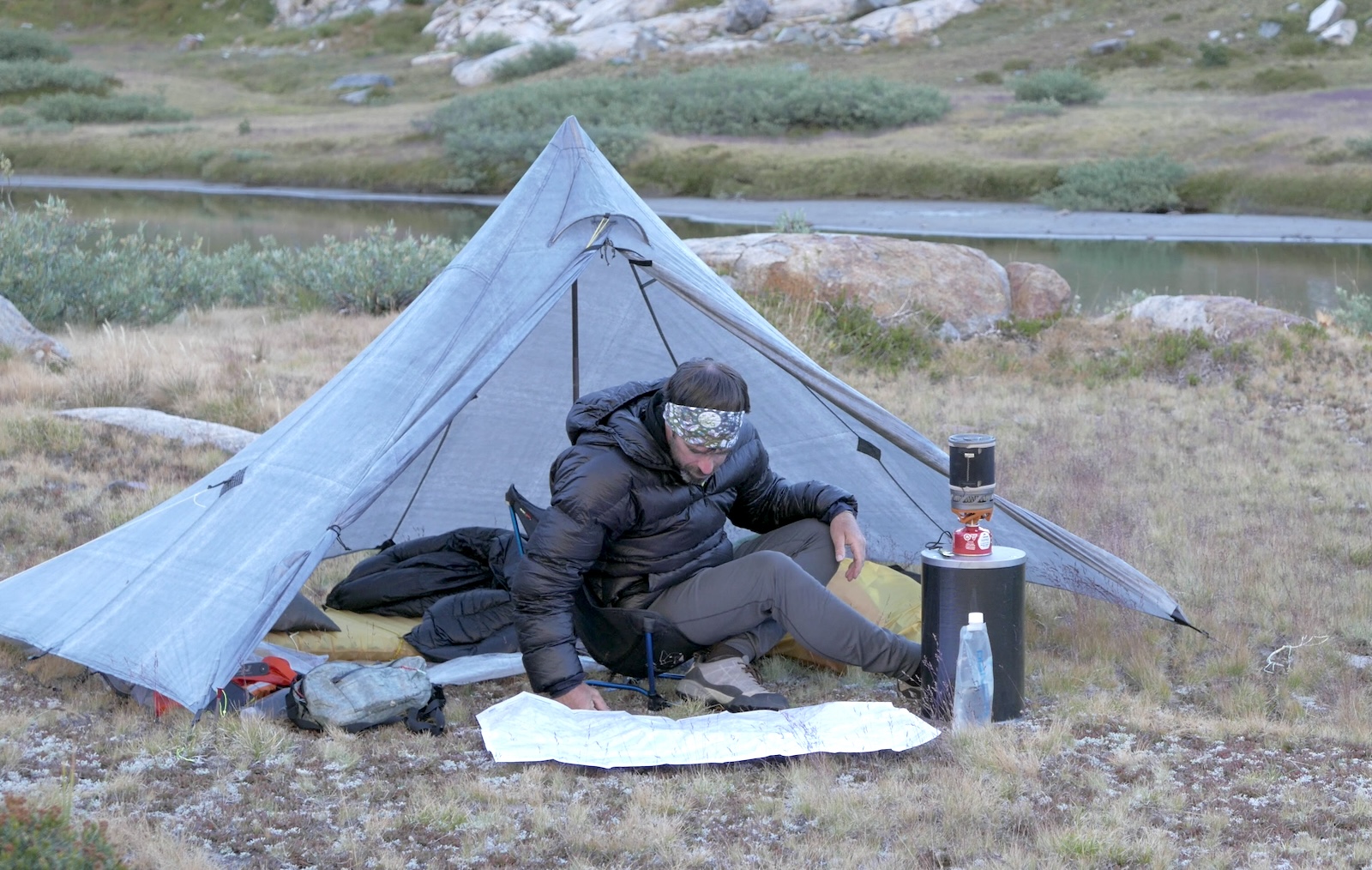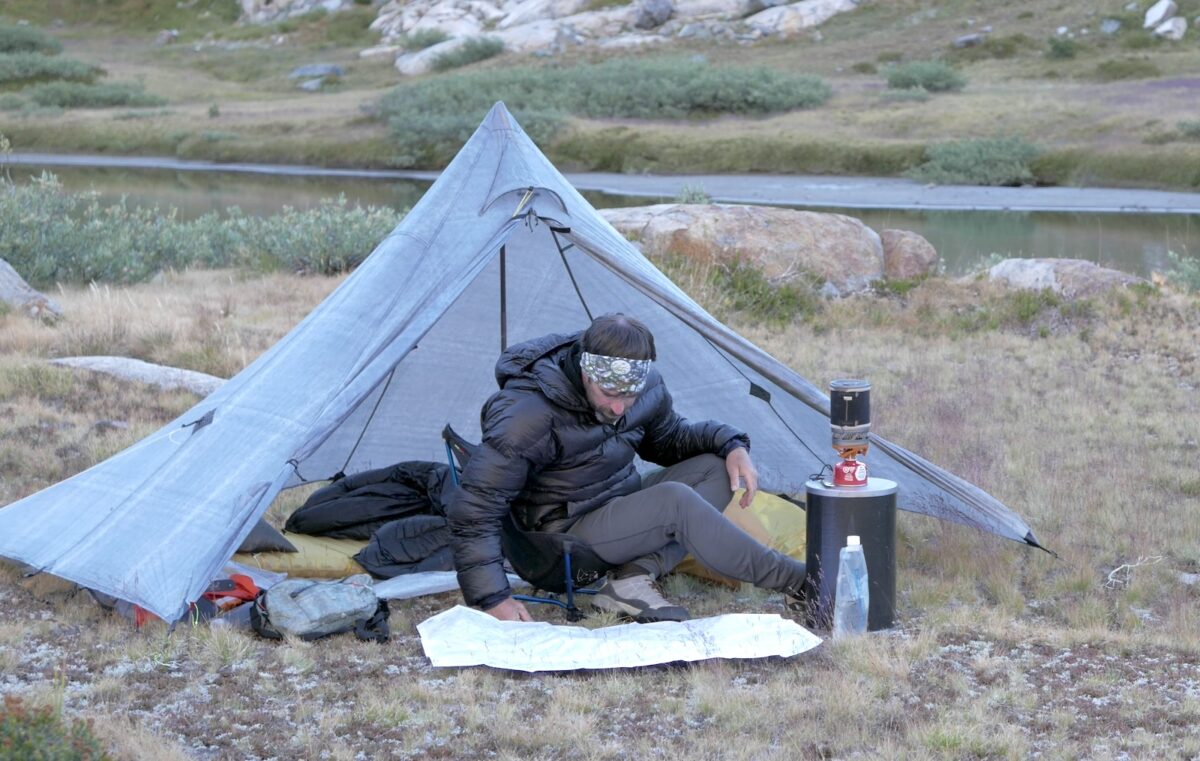Introduction
From the 1880’s until the 1960’s, bears were thought to be harmless, bumbling, adorable fuzzballs. Many National Parks, including Yellowstone and Yosemite, built open bleachers around their garbage dumps, or “bear pits,” where visitors could watch bears rifle through their trash. No fencing. No weapons. No deterrents. Just bears, trash, and people all in one place. Nobody saw an issue with it. Nobody thought there would be consequences.
Until the Night of the Grizzlies. Everything changed on August 13, 1967, when two women were stalked and killed by two different grizzlies within four hours of each other in Glacier National Park. No fatal grizzly attack had happened in Glacier before that night. It sent shockwaves through the outdoor community.

This incident, paired with growing data showing that bear-related incidents had been increasing (they rose by to four incidents per year in Yellowstone in the 1960s, for example), caused the entire National Park Service to overhaul their policies. Leave No Trace ethics arose: pack it in/pack it out, give yourself at least 100 yards of distance from predators, and for the love of god, don’t feed the animals. The “bear pit” attractions closed. People invented new contraptions to keep bears out of human food and trash. And as a result of these efforts, bear-related incidents declined and have stayed at a fairly stable rate in line with park visitation numbers. (For example, since 1980, there have been only 0.1 grizzly bear-caused human injuries in developed areas in Yellowstone per year despite the park hosting over 118 million visits – a 40X decrease from the 1960s.) Keeping human food away from bears worked.
Keeping food away from bears has also saved our bumbling, adorable fuzzballs from being put down. This is important not just because they’re cute, but because since 1975, grizzly bears have been listed as a threatened species under the Endangered Species Act. A fed bear is a dead bear: Feeding a wild animal can make it dependent on humans, dependent animals are more likely to threaten life or property, and when they do, park rangers have to (humanely) kill them.
Types of bear-resistant food storage
If you’ve ever backpacked near bears, you’ve probably felt the heavy burden of a bear can in your pack. They can be tricky to open, frustrating to pack your things around, and heavy as sin. Guests groan whenever I hand them one – a full canister can hold 10+ pounds of food and gear. We all want to see bear country but good heavens, can’t we just hang our stuff instead? And does my sunscreen really need to go inside?

Bear cans are part of the larger movement to protect bears from our smellables and vice versa. I say “smellables,” because bears can be attracted to more than just candy bars. They have the best sense of smell in the animal kingdom, so even if you can’t smell it, a bear might. And they will go for just about anything that carries a scent: medications, chapstick, bug spray, makeup, lotion, perfume, deodorant, tampons and pads, dog treats, and yes, sunscreen.
There are many methods of keeping bears away from smellables but there are few lighter and less bulky alternatives to carrying a bear canister in a backcountry setting. The first – and the easiest – method is to simply not bring things that you don’t need – leave that perfume at home, folks! But for the smellables that you do bring, there are a couple of options, including storage lockers, bear hangs, ursacks, and bear canisters.
Member Exclusive
A Premium or Unlimited Membership* is required to view the rest of this article.
* A Basic Membership is required to view Member Q&A events




Home › Forums › Bear and Food Storage Policy in the National Parks